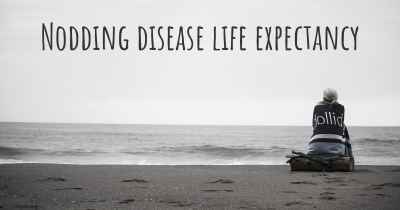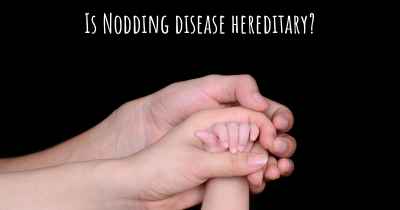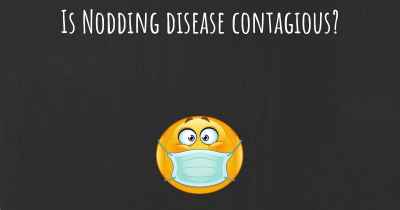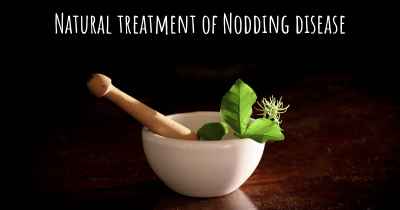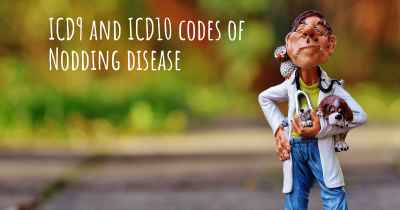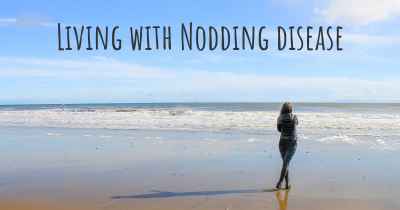Which are the symptoms of Nodding disease?
See the worst symptoms of affected by Nodding disease here
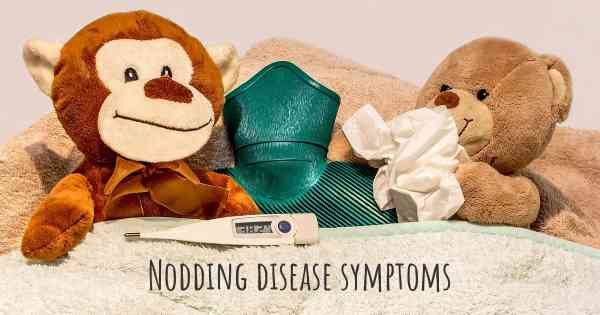
Symptoms of Nodding Disease
Nodding disease, also known as nodding syndrome, is a rare and mysterious neurological disorder that primarily affects children in certain regions of East Africa, particularly South Sudan, Uganda, and Tanzania. The disease is characterized by a combination of symptoms that can have a devastating impact on the affected individuals and their families. While the exact cause of nodding disease is still unknown, researchers believe that it may be linked to a combination of genetic, environmental, and infectious factors.
1. Head Nodding
One of the most prominent and defining symptoms of nodding disease is the repetitive, involuntary nodding or bobbing of the head. This characteristic head nodding is often triggered by eating or cold temperatures and can occur in various situations, including during seizures or when the individual is awake and alert. The head nodding can be severe and can interfere with daily activities, such as eating, speaking, and learning.
2. Seizures
Seizures are another common symptom of nodding disease. These seizures can range in severity from mild to severe and can manifest as generalized tonic-clonic seizures (grand mal seizures) or focal seizures. During a seizure, the individual may experience convulsions, loss of consciousness, muscle stiffness, jerking movements, or staring spells. Seizures can occur frequently and may be triggered by various factors, including stress, fatigue, or certain stimuli.
3. Cognitive Impairment
Nodding disease often leads to cognitive impairment and neurodevelopmental regression. Children affected by the disease may experience a decline in cognitive abilities, including memory loss, difficulty concentrating, and impaired learning. This cognitive decline can have a significant impact on the affected individuals' ability to attend school, acquire new skills, and lead independent lives.
4. Growth Retardation
Many children with nodding disease experience growth retardation, both in terms of physical growth and development. They may have stunted growth, delayed puberty, and exhibit signs of malnutrition. This can further exacerbate the overall health and well-being of the affected individuals.
5. Behavioral and Psychiatric Symptoms
Individuals with nodding disease may also exhibit behavioral and psychiatric symptoms. These can include aggression, irritability, emotional instability, depression, anxiety, and social withdrawal. These symptoms can significantly impact the affected individuals' quality of life and their relationships with family members and peers.
6. Speech and Language Difficulties
Many children with nodding disease experience difficulties with speech and language. They may have trouble articulating words, forming sentences, or understanding and processing language. These communication difficulties can further hinder their ability to interact with others and participate in educational activities.
7. Dental Problems
Some individuals with nodding disease may develop dental problems, including tooth decay and gum disease. This can be attributed to poor oral hygiene, malnutrition, and the side effects of certain medications used to manage the disease.
8. Musculoskeletal Abnormalities
In some cases, nodding disease can lead to musculoskeletal abnormalities. These can include joint stiffness, muscle weakness, muscle wasting, and abnormal gait. These physical impairments can further limit the affected individuals' mobility and independence.
9. Vision Problems
Visual disturbances and vision problems are also reported in some individuals with nodding disease. These can include visual hallucinations, blurred vision, eye pain, and sensitivity to light. Vision problems can further impact the affected individuals' ability to perform daily tasks and engage in educational activities.
10. Other Symptoms
In addition to the aforementioned symptoms, nodding disease may also be associated with other manifestations, such as sleep disturbances, skin disorders, gastrointestinal problems, and respiratory infections. These additional symptoms can further complicate the management and overall prognosis of the disease.
It is important to note that the severity and combination of symptoms can vary among individuals affected by nodding disease. Early diagnosis, appropriate medical care, and supportive interventions are crucial in managing the symptoms and improving the quality of life for those living with this debilitating condition.
